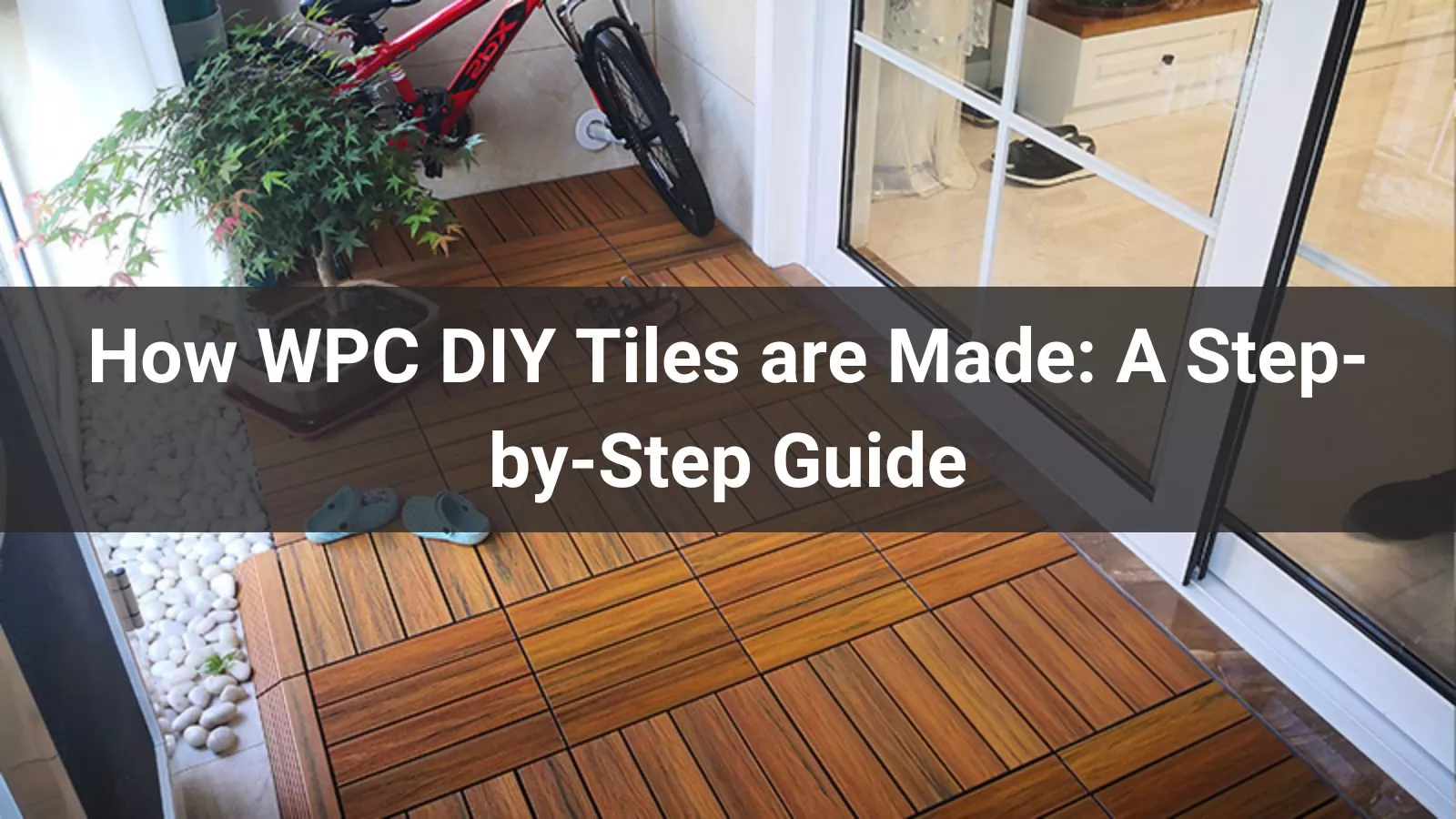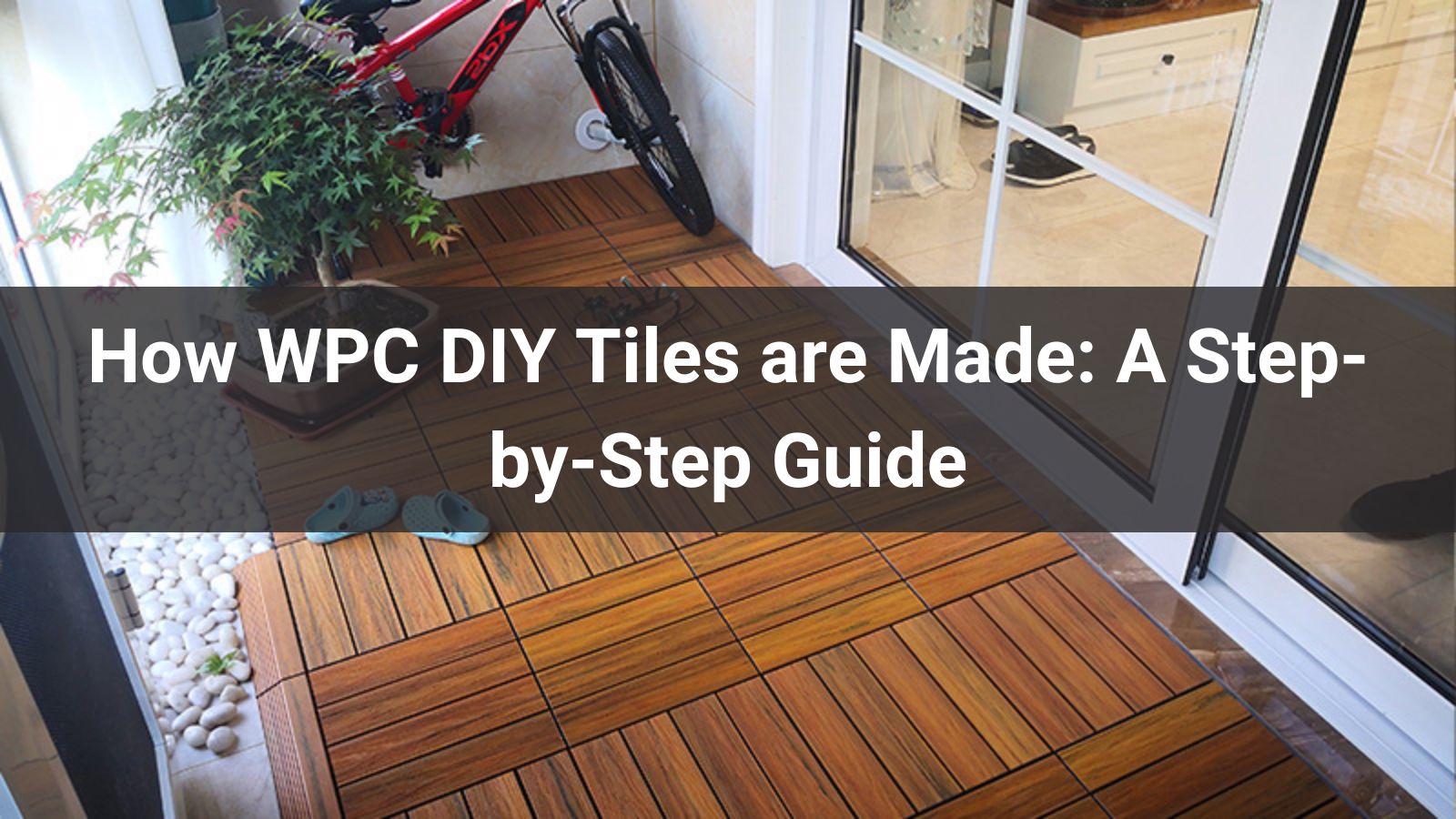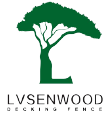

Wood-Plastic Composite (WPC) DIY tiles are a popular choice for homeowners and designers due to their durability, eco-friendliness, and easy installation. Combining the natural look of wood with the resilience of plastic, WPC tiles are ideal for outdoor and indoor applications. This article provides a step-by-step guide to the manufacturing process of WPC DIY tiles, shedding light on how these innovative products are created.
The production of WPC DIY tiles begins with gathering raw materials. The primary components are:
Wood Fibers: Sourced from sawdust, wood chips, or recycled wood waste, these provide the natural texture and appearance.
Plastic Polymers: Typically, high-density polyethylene (HDPE), polypropylene (PP), or polyvinyl chloride (PVC) are used, often recycled from plastic waste.
Additives: These include UV stabilizers, color pigments, coupling agents, and lubricants to enhance durability, color retention, and workability.
Using recycled materials makes WPC tiles an environmentally friendly option, reducing waste and the demand for virgin resources.
Once sourced, the raw materials undergo preparation:
Wood Processing: Wood fibers are dried to reduce moisture content, ensuring better bonding with the plastic. The fibers are then ground into a fine powder for uniformity.
Plastic Processing: Recycled plastics are cleaned, sorted, and melted into granules or pellets to ensure consistency in the composite mix.
Additive Mixing: Additives are blended in precise proportions to achieve the desired properties, such as weather resistance or color vibrancy.
In this stage, the prepared wood fibers, plastic granules, and additives are combined to form the WPC material:
The materials are fed into a high-speed mixer, where they are thoroughly blended.
The mixture is then heated and extruded or compounded into a uniform dough-like consistency.
This composite material is cooled and pelletized into small granules for easier handling in the next steps.
The compounded WPC granules are transformed into tiles through extrusion or molding:
Extrusion: The granules are fed into an extruder, where they are heated and pushed through a die to form continuous WPC sheets or profiles. These sheets are then cut into tile-sized pieces.
Molding: For more intricate designs, the granules are placed into molds and pressed under high pressure and temperature to form individual tiles.
During this process, textures or patterns mimicking natural wood grain may be embossed onto the surface to enhance aesthetics.
After extrusion or molding, the hot WPC tiles are cooled to solidify their shape:
The tiles pass through a cooling tank or air-cooling system to stabilize their structure.
Calibration equipment ensures the tiles meet precise dimensions and thickness, correcting any distortions caused by cooling.
To enhance durability and appearance, the tiles undergo surface treatments:
Sanding or Brushing: This creates a textured, slip-resistant surface and enhances the wood-like feel.
Coating: UV-resistant coatings or sealants are applied to protect against fading and weathering.
Coloring: Some tiles are stained or painted to achieve specific shades or finishes.
For DIY applications, WPC tiles often feature an interlocking system for easy installation:
A plastic or composite base with a snap-lock mechanism is attached to the underside of each tile.
This base is typically molded separately and bonded to the WPC tile using adhesives or mechanical fasteners.
The interlocking design allows tiles to click together without the need for glue or nails, making them user-friendly.
Before packaging, the tiles undergo rigorous quality checks:
Visual Inspection: Technicians check for surface defects, color consistency, and proper texture.
Mechanical Testing: Tiles are tested for strength, flexibility, and resistance to moisture, UV rays, and temperature changes.
Dimensional Accuracy: Each tile is measured to ensure it meets size and thickness specifications.
Once approved, the WPC DIY tiles are packaged:
Tiles are stacked, wrapped, and labeled with installation instructions and product details.
They are then shipped to retailers, wholesalers, or directly to consumers.
The manufacturing of WPC DIY tiles is a sophisticated process that blends natural and synthetic materials to create a versatile, eco-friendly product. From sourcing recycled materials to integrating user-friendly interlocking systems, each step is carefully executed to ensure quality and functionality. By understanding this process, consumers can better appreciate the craftsmanship behind WPC tiles and their value in modern home design, Contact us now.










